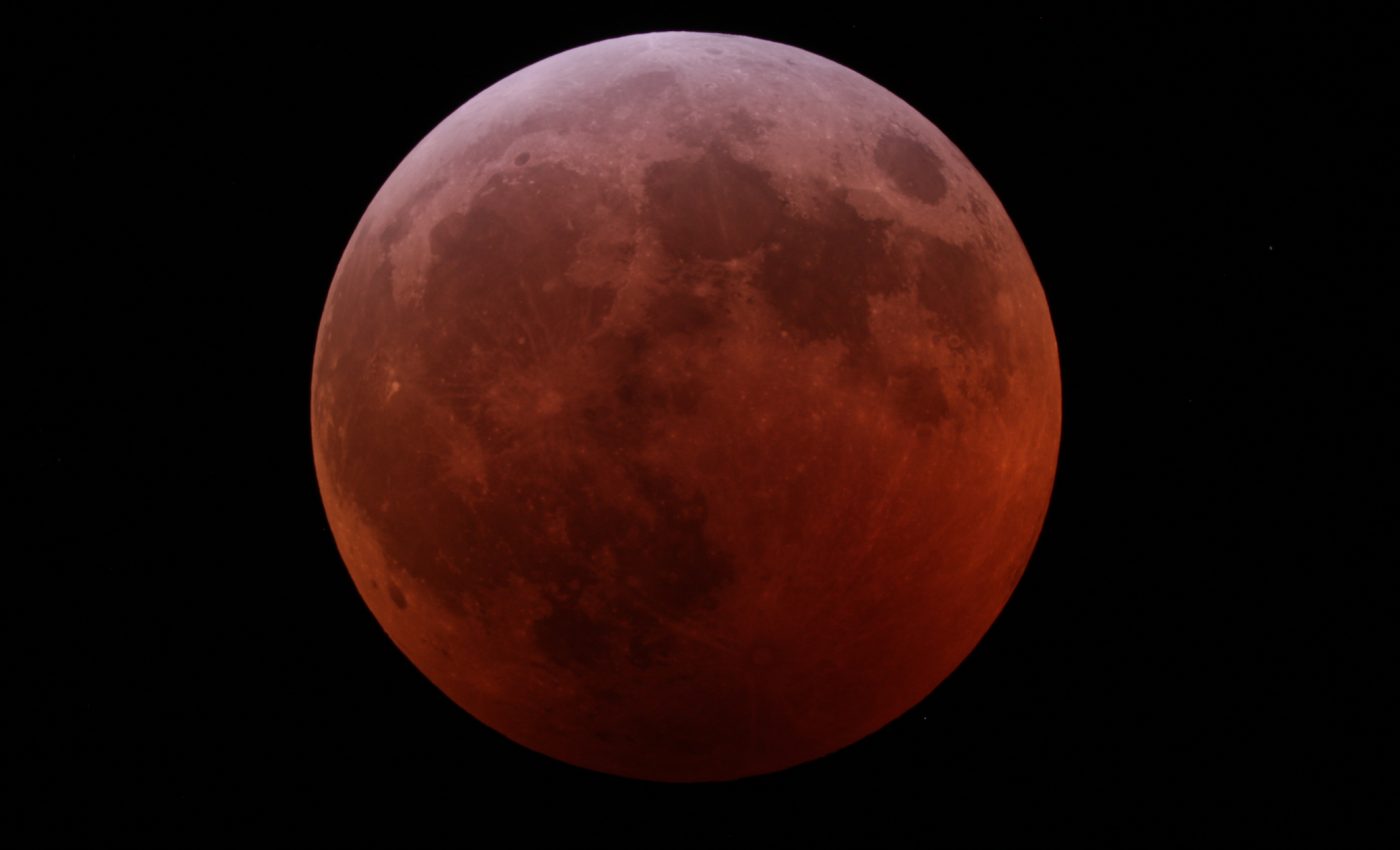
A space rock smashed into the Moon during the January eclipse
According to Professor Jose Maria Madiedo of the University of Huelva, and Dr. Jose L. Ortiz of the Institute of Astrophysics of Andalusia, a space rock traveling at roughly 38,000 miles per hour collided with the Moon during the January total eclipse. They believe the collision resulted in a crater spanning 10 to 15 meters wide.
The eclipse took place on January 21st, 2019, and was visible from North and South America, and Western Europe.
During the eclipse, the Moon took on a reddish hue as it moved into the shadow of the Earth. When the Moon entered into totality, meaning it was completely in shadow, observers saw a flash on the Moon’s surface. The flash was reportedly bright enough to be seen with the naked eye.

The flash from the impact of the meteorite on the eclipsed Moon, Image Credit: J. M. Madiedo / MIDAS
Madiedo and Ortiz, who published their research in Monthly Notices of the Royal Astronomical Society, operate the Moon Impacts Detection and Analysis System (MIDAS) program in southern Spain. They were able to record the 0.28 second-long impact via MIDAS, making this collision the first-ever space rock impact to be recorded during a lunar eclipse.
Because the Moon does not have a protective atmosphere like the Earth does, even the smallest of rocks can hit its surface. Most of these impacts happen so quickly that the rocks are vaporized almost immediately, thus producing a plume of debris that can be seen from Earth.
Thanks to the MIDAS recording, Madiedo and Ortiz can conclude that the rock that hit the Moon had a mass of about 45 kg, measured 30 to 60 centimeters across, and hit the Moon’s surface at 61,000 kilometers per hour. The impact was equal to about 1.5 tonnes of TNT, and the debris produced was likely about as hot as the Sun at 5400 degrees Celsius.
—
By Olivia Harvey, Earth.com Staff Writer













